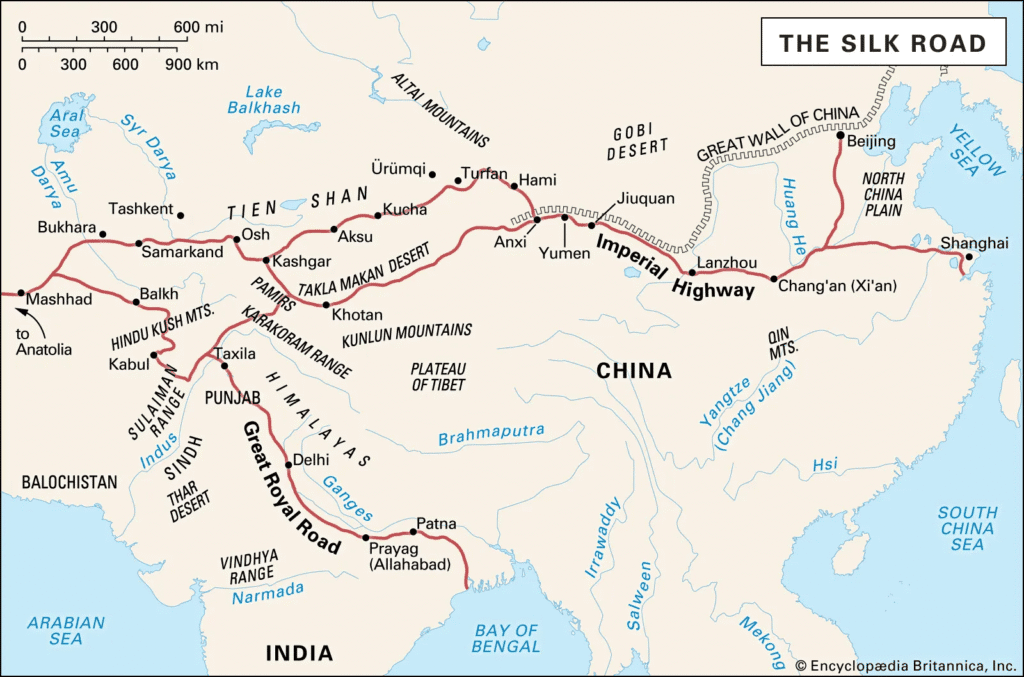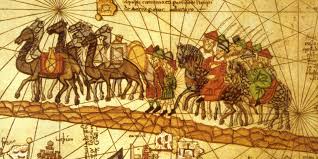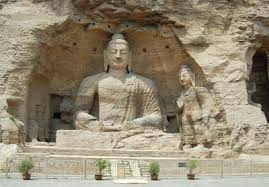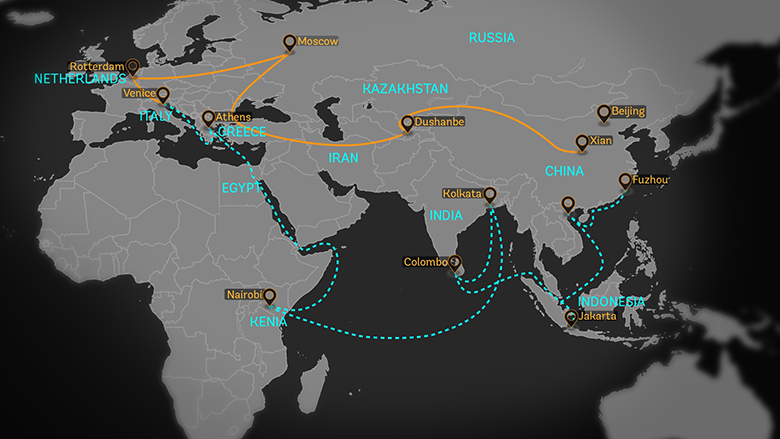The Silk Road: From Ancient Trade Routes to Modern Connectivity
The Silk Road was not a single road but a vast network of trade routes that connected the East and West for over a millennium. Spanning from China to the Mediterranean, it facilitated the exchange of goods, cultures, and ideas, profoundly influencing the civilizations it touched. Today, its legacy continues to shape global trade and cultural interactions.

The Origins and Historical Significance
Early Beginnings
The origins of the Silk Road trace back to the Han Dynasty of China around the 2nd century BCE. General Zhang Qian was sent on a diplomatic mission to Central Asia, inadvertently opening up trade routes that would become the Silk Road.

Trade and Commerce
Silk was the primary commodity traded, giving the route its name. However, merchants also exchanged goods like spices, precious stones, textiles, and metals. Cities along the route, such as Samarkand and Ctesiphon, flourished as bustling trade hubs.
Cultural and Religious Exchange
The Silk Road was instrumental in the spread of religions like Buddhism, Islam, and Christianity. Art, literature, and scientific knowledge also traversed these routes, leading to significant cultural syncretism.

The Decline and Rediscovery
The decline of the Silk Road began in the 15th century due to factors like the rise of maritime trade routes and political instability. However, its legacy was revived in the modern era through initiatives like China’s Belt and Road Initiative (BRI), aiming to reconnect the ancient trade routes and promote global economic cooperation.
The Silk Road Today: A Modern Revival
Belt and Road Initiative
Launched in 2013, the BRI is a global development strategy adopted by China, involving infrastructure development and investments in countries across Asia, Europe, and Africa. It seeks to enhance regional connectivity and embrace an ambitious economic and growth agenda.

Infrastructure and Connectivity
Modern infrastructure projects, such as high-speed railways, highways, and ports, are being developed along the ancient Silk Road routes. These projects aim to facilitate trade and cultural exchanges between participating countries.
Cultural and Educational Exchanges
The revival of the Silk Road has also led to increased cultural and educational exchanges. Universities and cultural institutions are collaborating to promote mutual understanding and share knowledge across borders.






